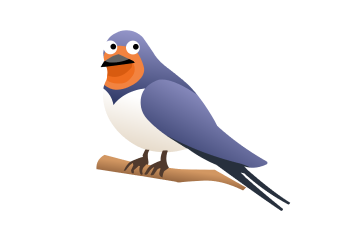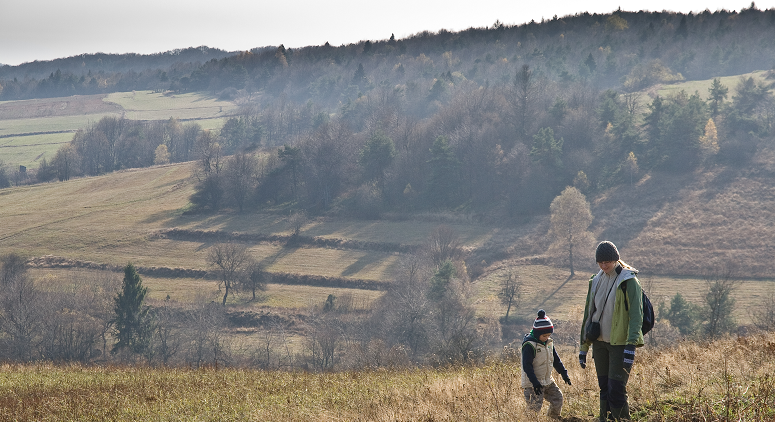
How to be a good Birdwatcher
HOW TO BE A GOOD BIRDWATCHER
Our top 10 tips on how to be a good birdwatcher
How can I stop birds from hitting my window?
Nothing is more heart-breaking that hearing that familiar dull thud, and running to find a dusty, bird-shaped imprint on your window. Sometimes, the bird is only stunned, and will live to fly another day. But sometimes, it will not. You may only have encountered this once or twice in your life, but with billions of windows across the world, it adds up to a considerable threat.
Why do birds fly into windows?
Birds have extremely wide-angle vision – sometimes a complete 360 ° view, which is extremely useful in spotting approaching predators or mates. However, this means that a comparatively small area of their vision is covered by both eyes, making it hard to focus on the scene directly in front of them. Because of this, glass appears invisible, or reflects outdoor scenery that they think they can fly towards.
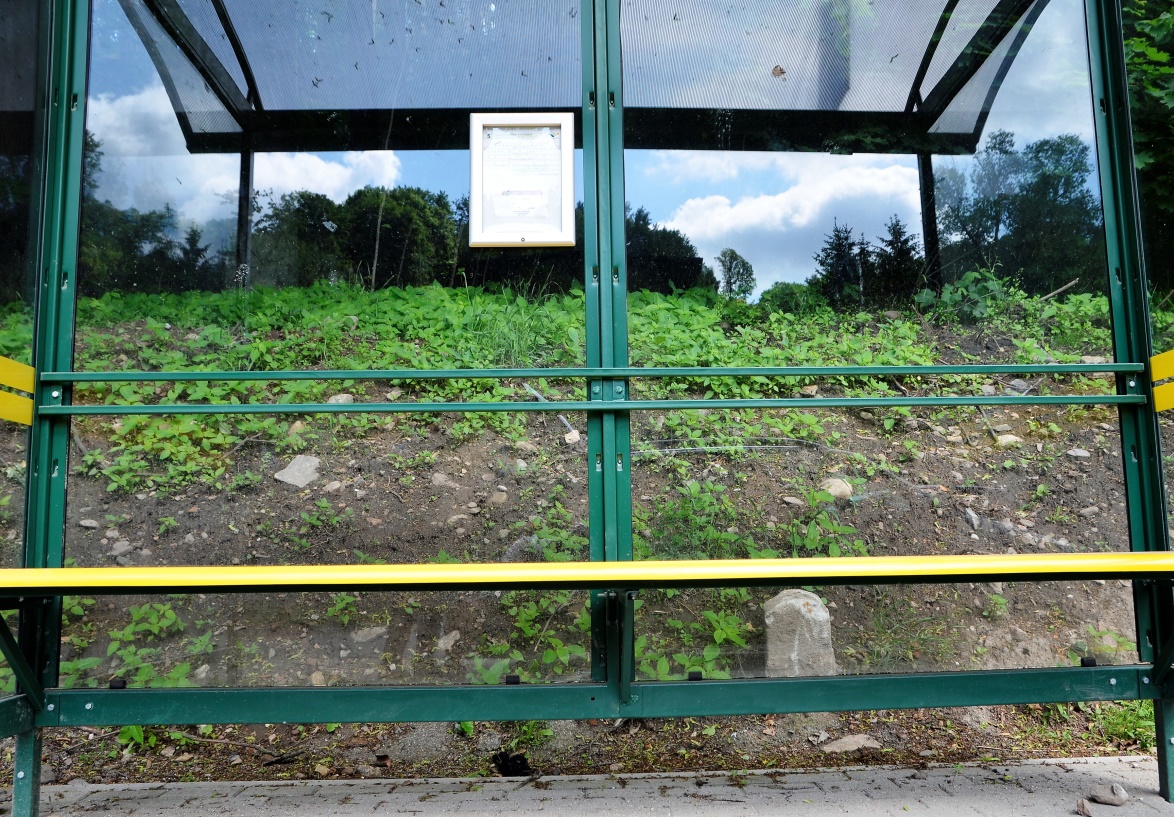
Glass reflects outdoor scenery that birds think can fly towards. Photo: Ewa Zyśk-Gorczyńska
Areas of large, flat, uninterrupted glass are the most dangerous – but any clear glass could pose a threat to birds.
Another, less well-known issue, is unnatural light. This is especially hazardous for birds that migrate at night. These birds may become disorientated by artificial light and lose their way, or fly towards it and collide with the glass.
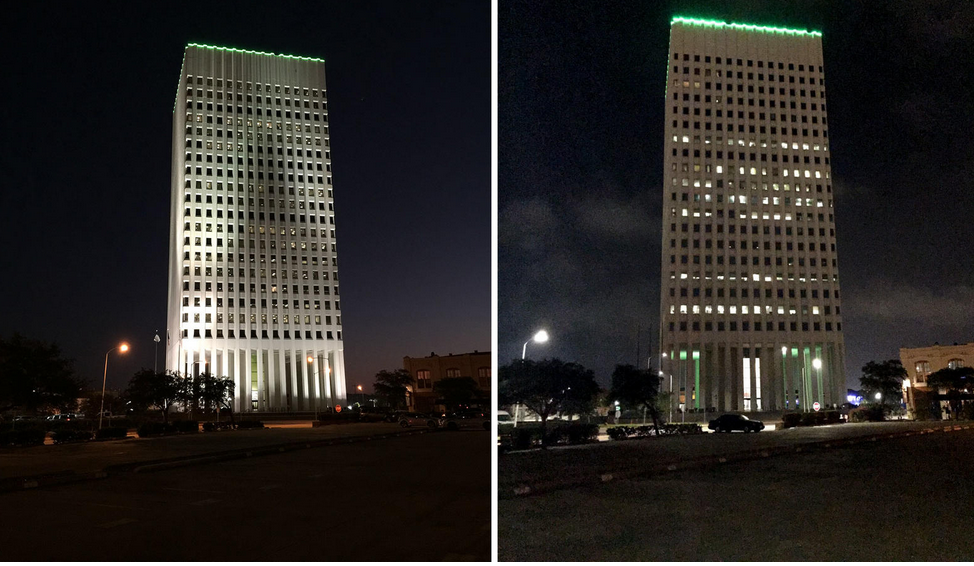
“Lighthouse effect” – a deadly danger for birds, photo Ewa Zyśk - Gorczyńska
Studies have shown that migratory bird species are more likely to strike glass than resident ones, even when they are not migrating. This may be because resident birds can learn the location of glass structures and avoid them, whereas to migratory birds, the landscape is less familiar.
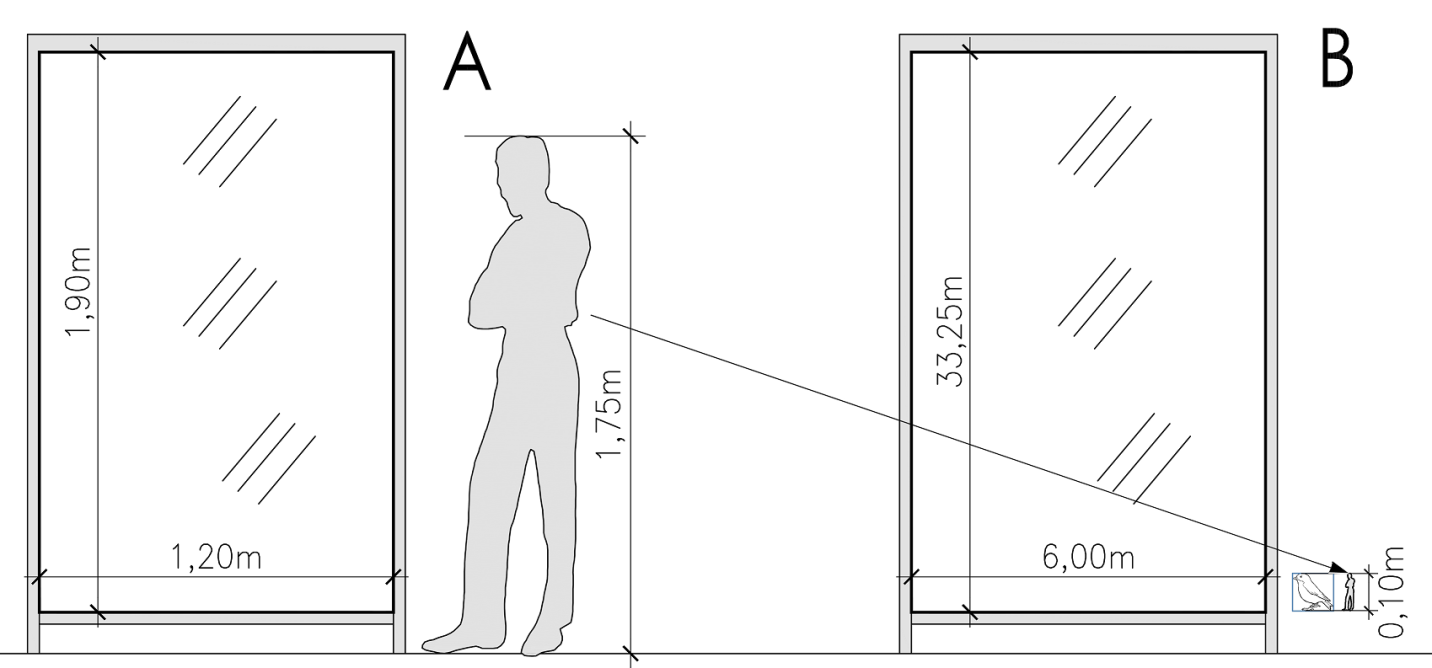
Even a normal window can threaten birds, copyrights: Ewa Zyśk - Gorczyńska
What can I do to help?
Fortunately, preventing bird collisions is very simple. All you need to do is put stickers or transfers on glass to show birds that there is something in the way. Get creative!
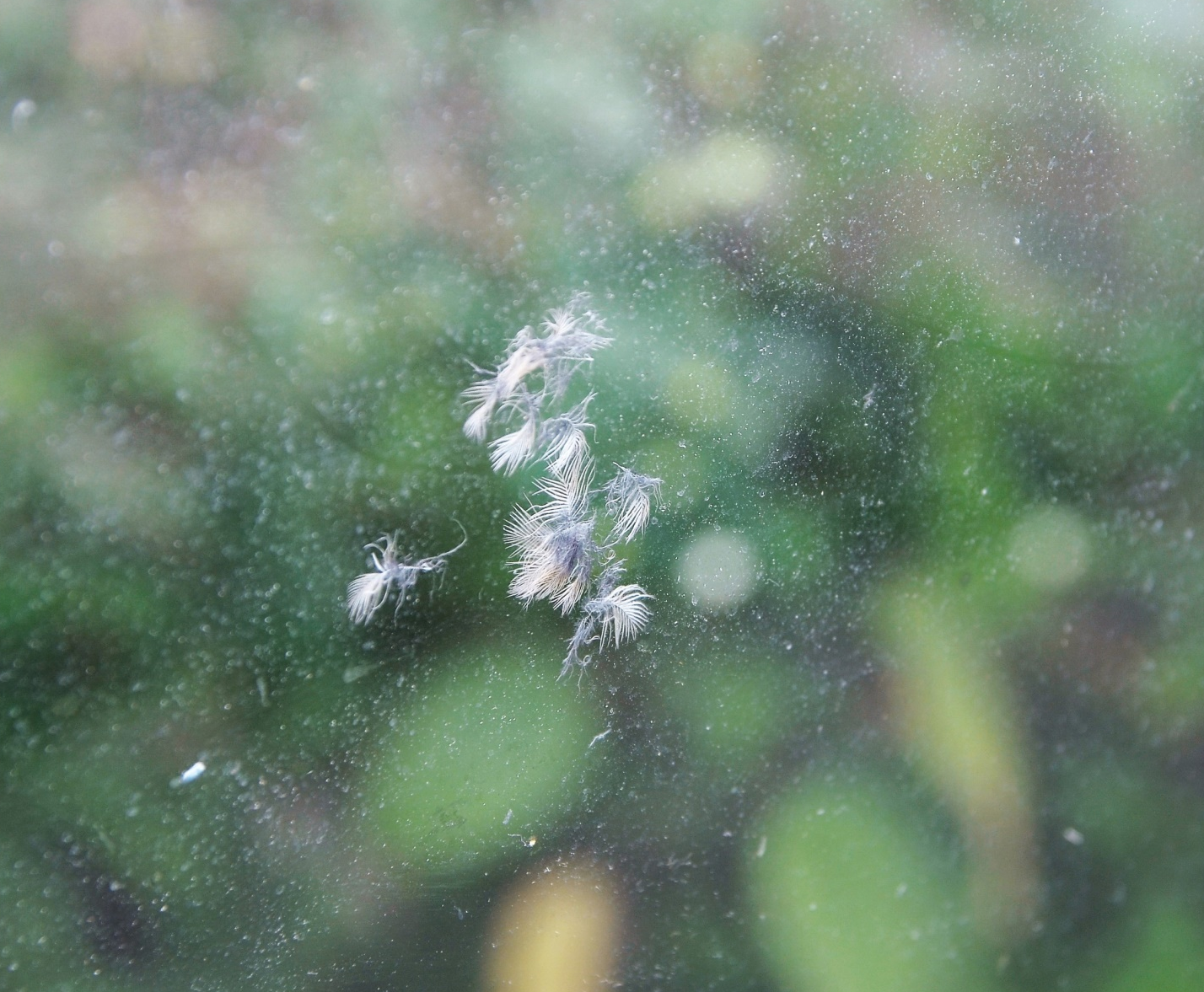
Sign of a bird collision, photo by Ewa Zyśk-Gorczyńska
How to make the best window stickers?
Use bright colours: these will stand out against the background of the window. Red and orange are the most eye-catching colours for birds.
Put stickers close together: birds are used to flying through very small spaces, such as gaps between branches. So we recommend that stickers are placed 10 – 15 centimetres apart. Use the “palm area rule”: if the gap is bigger than the palm of an adult’s hand, a bird may still attempt to fly through.
If you are able to, put your stickers on the outside of the glass rather than the inside, as they will be far better at breaking up reflections.
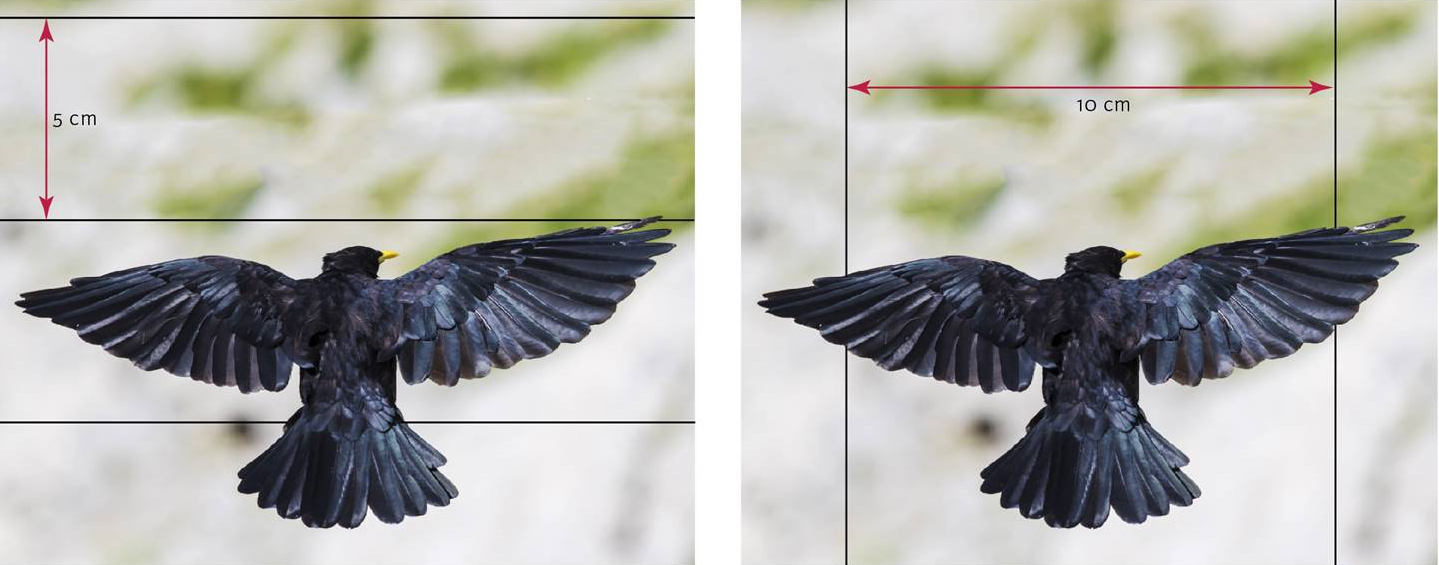
Palm area rule; copyrights: Szklane pułapki www.szklanepulapki.pl
Common myths to avoid
Black stickers are visible to birds: this is incorrect. Windows often look dark from the outside, so black silhouettes do not create enough contrast. In fact, imprints of bird collisions have often been found right beside black stickers.
Stickers shaped like birds of prey will scare off smaller birds: It sounds like a good idea, but sadly, this has not been proven to work.
.
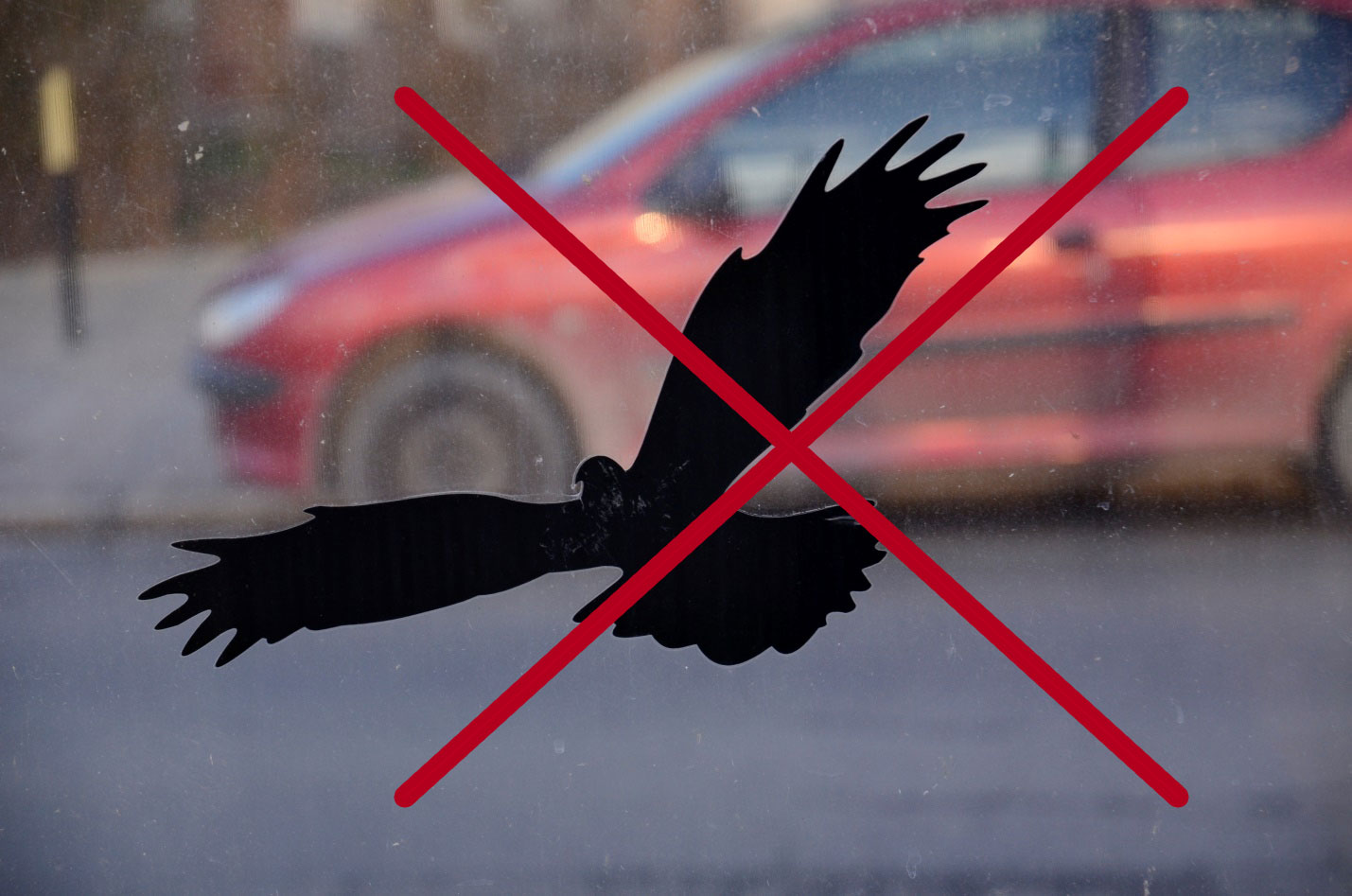
One shaped like birds of prey sticker does NOT work; copyrights: Szklane pułapki www.szklanepulapki.pl
Window stickers are ugly: Not at all! There are countless different designs that you can try: schools have even held competitions to create the most beautifully-decorated local bus stop.
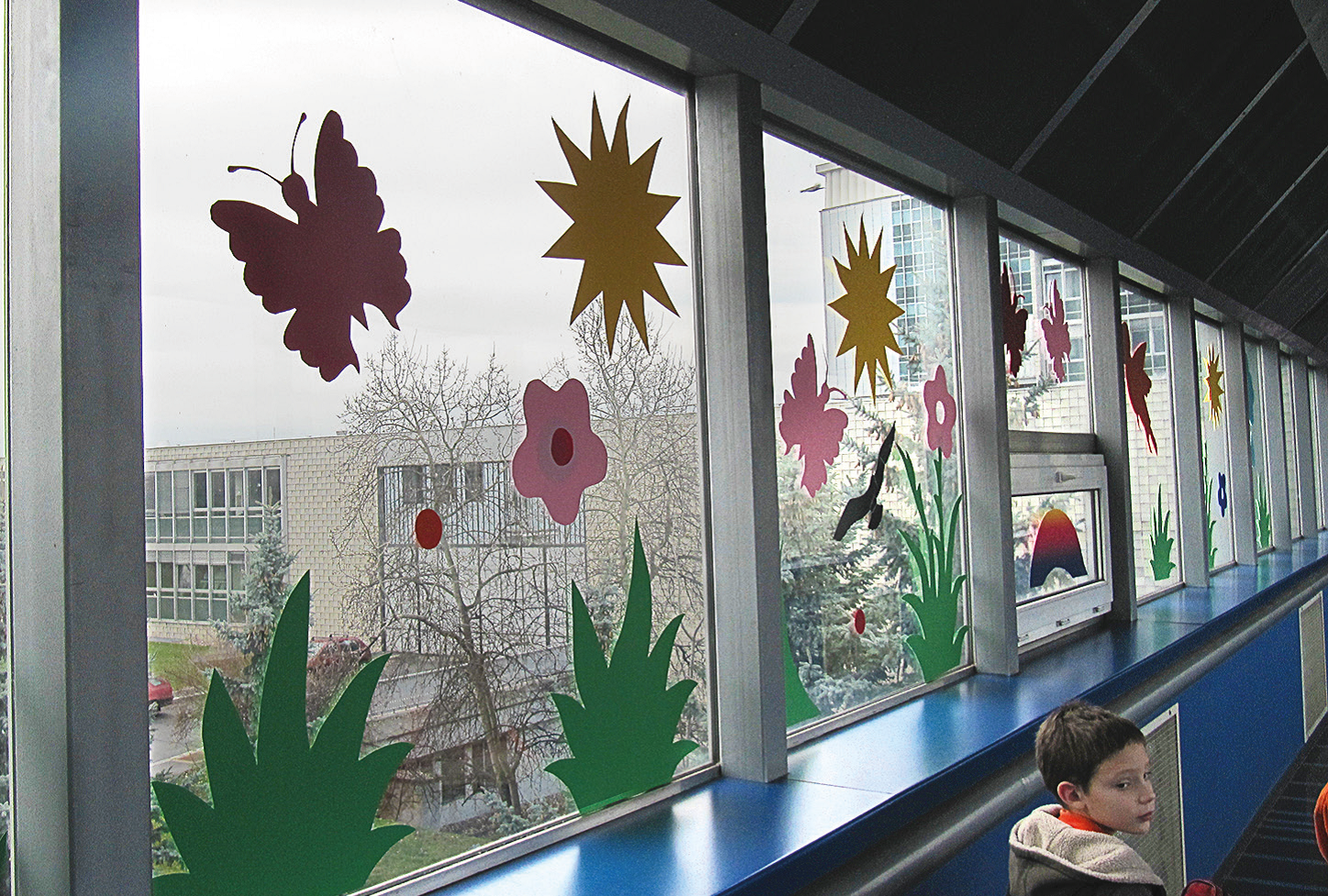
Windows stickers are not ugly AT ALL! Photo: Petra Holestova
Other things you can do to prevent bird collisions
Put in net curtains or venetian blinds – these let light in, but also make your windows visible to birds. Similarly, make sure you close your curtains, blinds or shutters when you go out.
Switch your lights off when you don’t need them – not only is this good for the environment (and your purse), it also prevents nocturnal birds from getting confused and striking the glass.
If a bird still hits your window and is lying motionless, it may not be dead, but merely stunned. Put it in a darkened box for an hour, and it may calm down and recover enough to fly back out into the world.
LET’S MAKE THE GLASS BIRD-FRIENDLY!
Copyrights: CSO (BirdLife Czech Republic)
If you wish to dig more into the bird collision issue, please check www.flap.org in Canada. You will find there extensive information (and links) on possible solutions and ways of addressing the issue.

Our top 10 tips on how to be a good birdwatcher
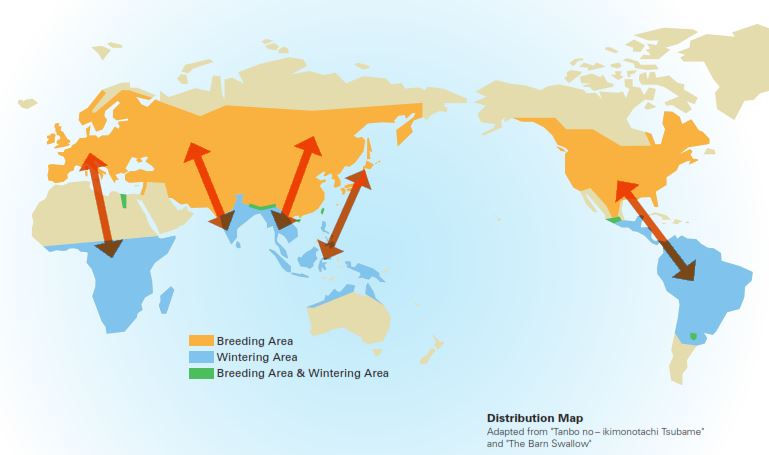
Barn Swallows are one of the most popular and familiar birds in the world. Let's meet them! :)
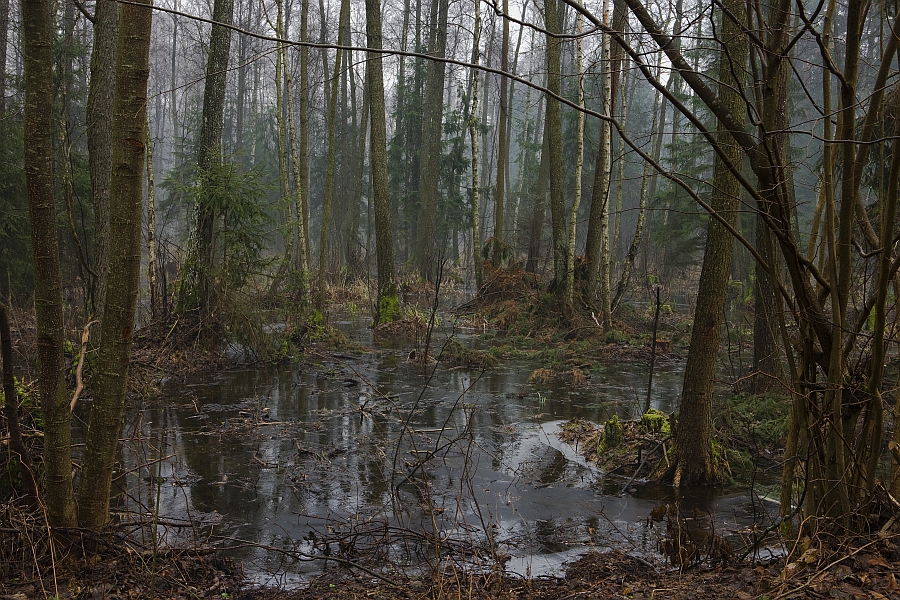
We see a baby bird on the ground and we think it is alone, helpless, small, cold, clumsy and fluffy… it is hard to resist the urge to rescue. But often people intervene when in fact most chicks are "fledglings" that should be left alone.
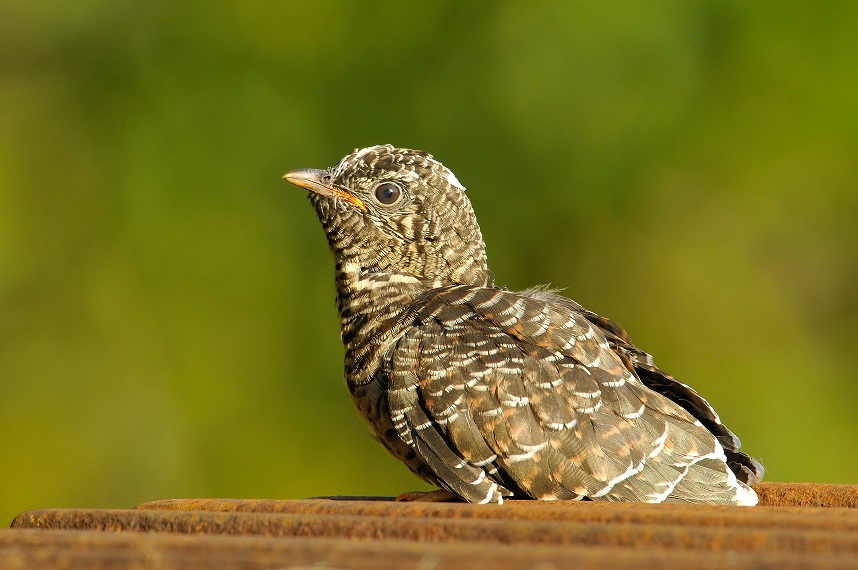
For example, children today are less likely to have heard the call of the Common Cuckoo than their parents, and much less likely than their grandparents.
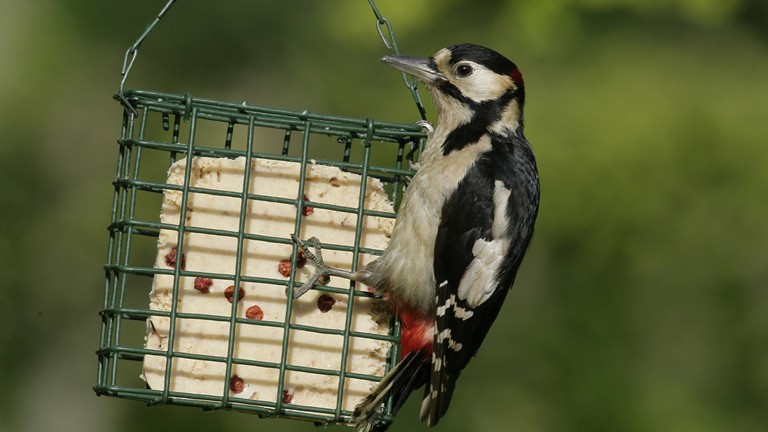
By putting out the right food at the right time of year, you can help your local birds get through times when natural food is short, and be fit and ready to breed in the spring.
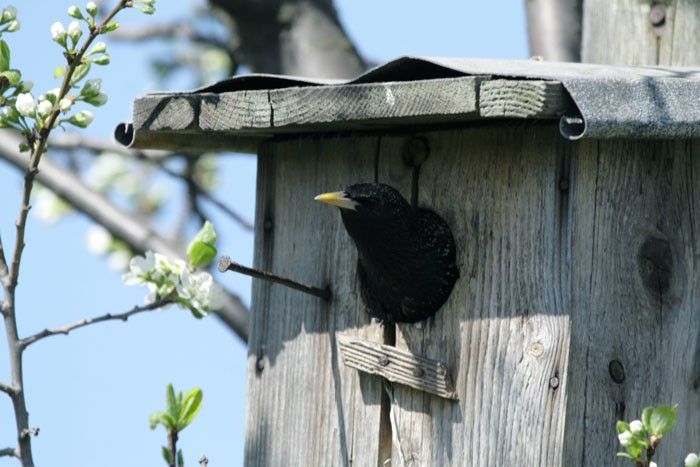
Make Spring come Alive in your garden or balcony each year!

Are you worried about the damage being done to a local wildlife spot, but don't know what to do about it? Maybe you have a favourite place to enjoy nature and want to make sure it's protected?
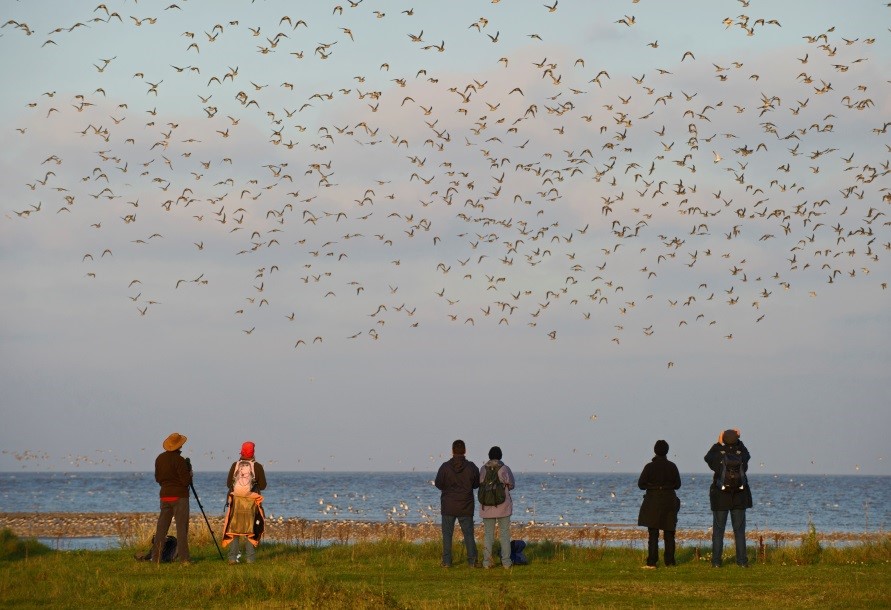
Put simply, citizen science is scientific research conducted by people who are not professional scientists. Some of the biggest discoveries in the world have been made by people without official scientific qualifications or funding.

When storks are gathering materials for their nests, they may bring back various man-made objects, without realizing that they may be dangerous.
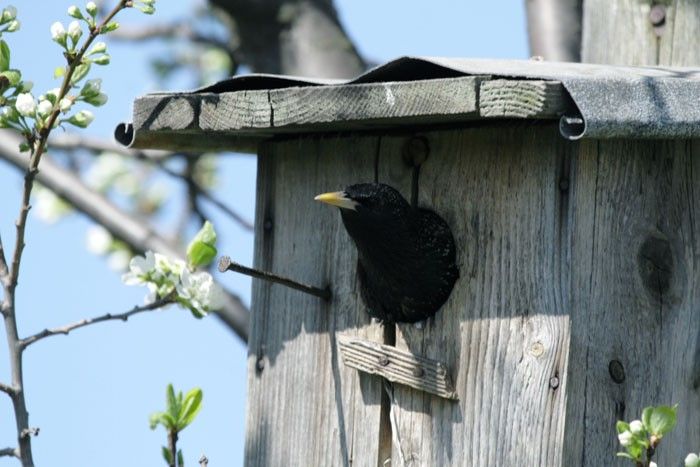
Many birds nest in holes. But modern forestry methods, and safety concerns in towns, mean that there are fewer old trees with hollows where birds can make their nests.
